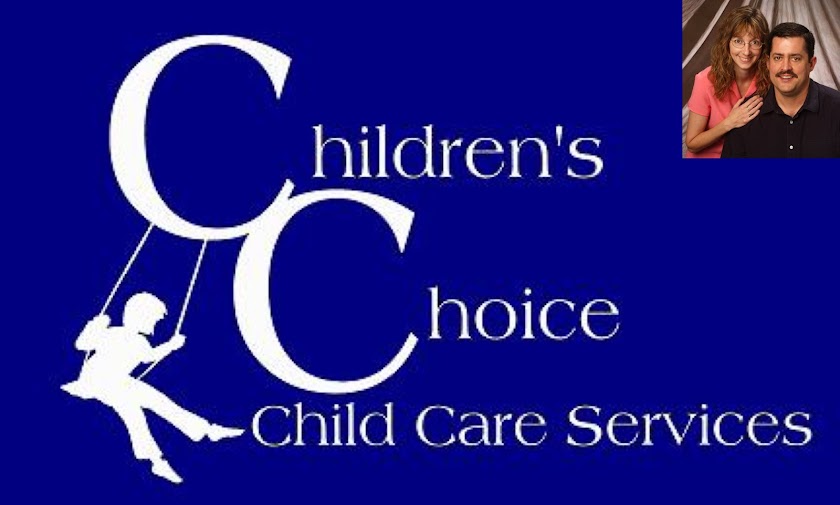In
this club, the children were encouraged to think about what life would be like
in the desert environment without modern tools, food services, and shelters.
The
group began by designing tools that could aide them in hunting and gathering.
After carefully considering the options based on food available and
environmental conditions, the children then made their designs came to life.
They collected materials found in the
environment and assembled them together to form larger tools. This was day one
of the club, on day two the children were asked to consider what they might
need in order to build a shelter that would protect them from the harsh New
Mexico Sun and flash flooding common to the area. On day three the children
continued working on their shelters but something had begun to change in the
way the children thought of their shelters. What began as independent shelters
quickly changed into community shelters as the children became aware of what
the other survivalists had to offer with their individual environments.
Day four of the club was a day of food
preparation for the big survivalist feast, but there was a catch! The only
tools available to the children in order to chop the vegetables for their
vegetable stew were large stones that had been collected outside.
Upon surveying several children, it was
found that this was their favorite day of the club. Some said it was the
feeling of smashing the stone onto the tough produce while others enjoyed the
strong food smells, whatever the case, these children worked hard to put
themselves in the mindsets of early New Mexican settlers and enjoyed the reward
of building everything for themselves and for their community of survivors.
















